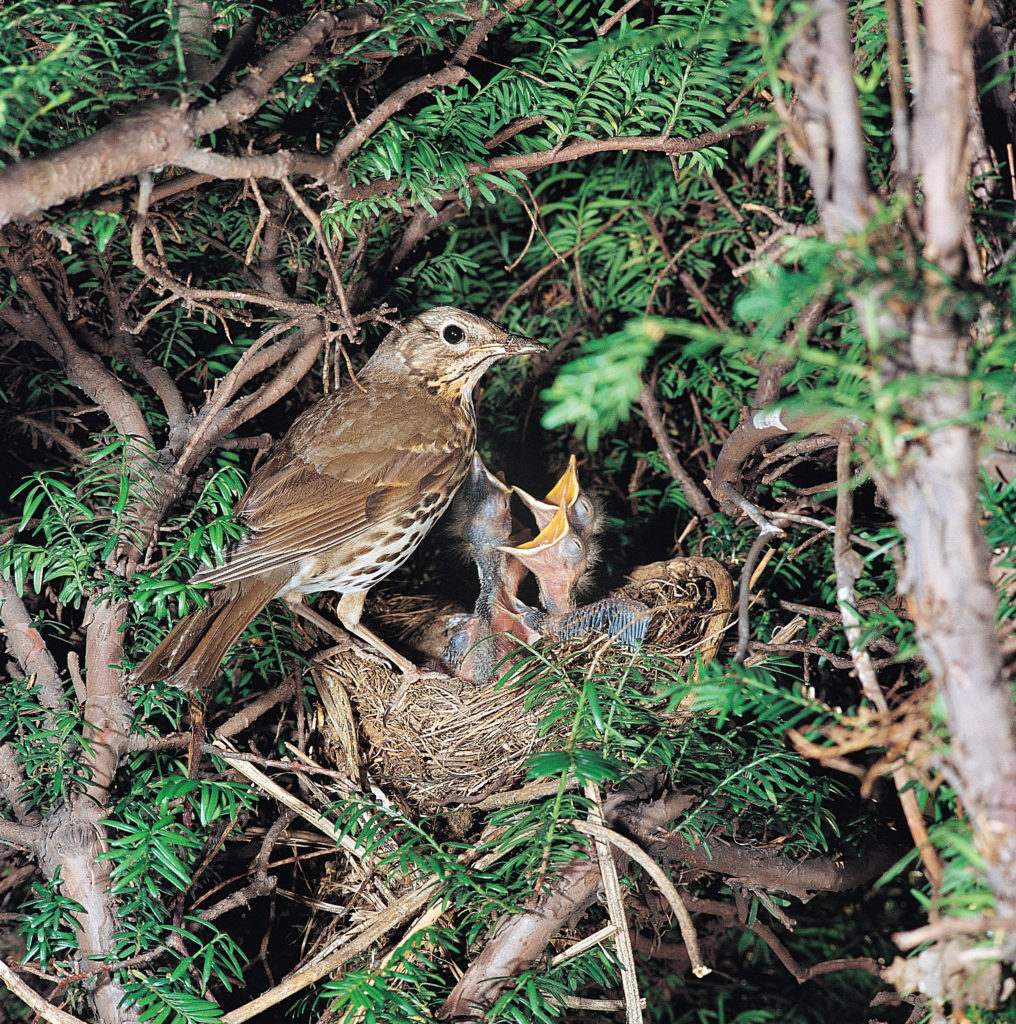Hedge Management and the Bird Nesting Season
April 21, 2021

Over the last month you will have seen birds busily collecting twigs and moss to build their nests in the hedgerows that surround our fields and gardens. By mid-April birds will already be nesting, and indeed some rearing young, particularly those that strive for two or three broods in the season such as the Song Thrush.
CAFRE technologist Robert Beggs said, “It is timely that we remember that hedge cutting is not permitted during the bird nesting season between 1 March and 31 August. This means that all scrub cutting, hedge cutting, laying and coppicing operations must have ceased on 28 February. This is to avoid damaging birds, their nests and eggs.”
“Land managers have to balance their responsibilities for health and safety and assisting farm wildlife. Under Cross-Compliance the only hedges that can be cut within the bird nesting season are those along roads, lanes and footpaths where the hedge growth is causing a clear impairment to the visibility of motorists or impeding the movement of pedestrians. “
Robert also explained that during late spring and summer many birds are feeding chicks on insects which should be abundant in and around hedgerows if they are managed sympathetically where the hedge plants are allowed to flower on two and three year old growth. To get the most from your internal hedges moving to a rotation where you cut only a third or quarter of your hedges each year allows hedges to flower and retain the fruit bearing branches into the winter. For road and lane-side hedges, growing some tree saplings above the hedge will achieve an annual feed source for wildlife from a hedgerow that needs annually trimmed.
Adopting this approach will make a significant difference to the insects at the bottom of the food chain that feed on the hedge and tree blossom and foliage in addition to the birds and mammals that also use the seeds and fruits in the winter months.
